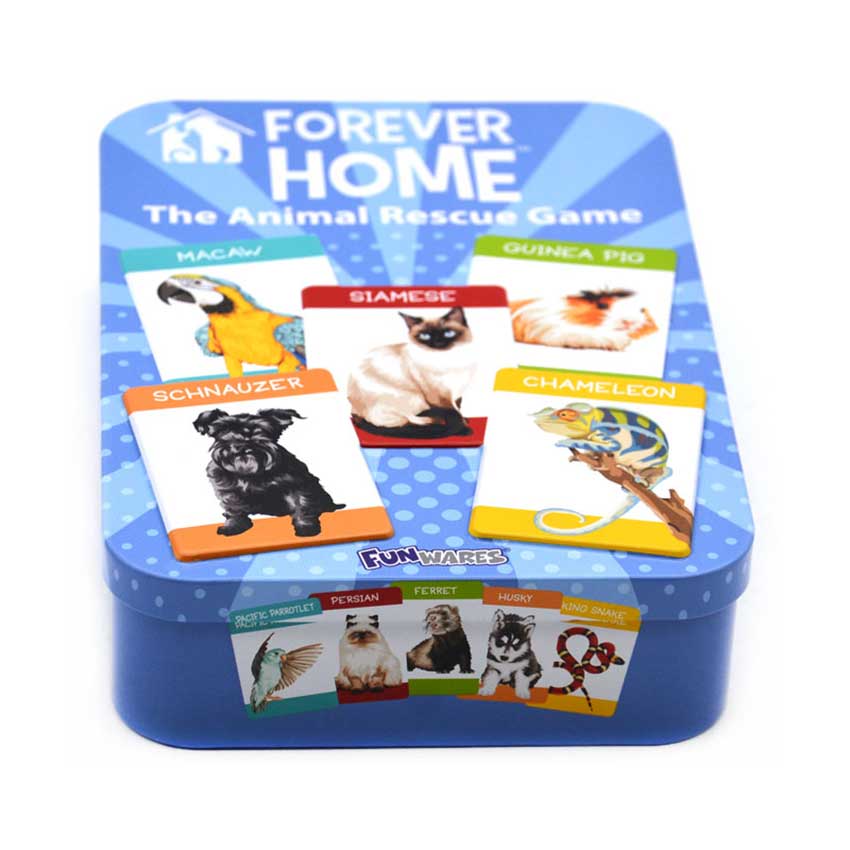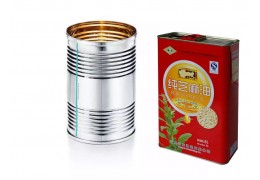Жестяная упаковка...
Optimization and performance of the metal box
Executive summary
This article introduces the performance, characteristics and classification of metal packaging materials, including steel packaging materials, tin-plated iron packaging materials, and metal packaging containers. Different application areas of products.
Introduce the concept, performance, characteristics and classification of metal packaging materials, understand the types of metal packaging containers, the production process of metal packaging cans, metal hoses, metal boxes, metal boxes, metal barrels, etc., and the basic principles of spray formation of spray packaging cans , Ding solves the different application fields of different metal products (such as steel products, aluminum products, etc.).
·Excellent performance of metal packaging box.
A. High barrier properties, excellent moisture resistance, gas insulation, shading light and other properties;
B. Excellent mechanical properties, good processing and formability;
C. Good container forming process
D. Good resistance to high and low temperature, thermal conductivity, and thermal shock resistance.
E. Good surface decoration, beautiful and shiny appearance;
F. Packaging waste is easy to handle
G. Light weight, non-toxic, odorless, beautiful, good processing performance, glossy surface.

Disadvantages of metal boxes:
●Poor chemical stability
●The precipitation of metal ions affects the flavor of food
●The price is more expensive
Common types of main metal box materials:
●Steel
●Abundant resources, low cost, good comprehensive mechanical properties, certain corrosion resistance
●Film coating treatment, tin plating, chrome plating, aluminum plating, zinc plating and corresponding coatings can be applied.
The main performance indicators of tinned sheet of metal box material
A. Mechanical properties
The degree of quenching and tempering, the surface Rockwell hardness, HR30T, there are many factors that affect the mechanical properties, the composition of the steel substrate, smelting, rolling methods, annealing treatment and leveling processing technology, etc.
Corrosion resistance of tinned sheet of metal box material
●Steel substrate: the composition of the steel substrate, the number of non-metallic inclusions and the surface condition
●The evaluation method is mainly expressed by the acid leaching time lag value
●The time required from the time the steel plate enters the hydrochloric acid to the time when the dissolution reaction rate is constant
Tinned layer of metal box material:
●Complete coverage is required, but there are often voids, generally expressed by porosity, the number of pores per square decimeter or the size of the porosity of the void area, the tin plating process and quality, and the thickness of the tin layer are related to the continuity of the tin layer. The continuity of the tin layer can be eluted with iron The value means that after a fixed area of tin plate is kept in a simulated acid solution for a certain temperature and time, the amount of iron eluted is measured.

Metal box material-tin-iron alloy layer
●Improve the continuity and compactness of the tin-iron alloy layer effectively improve the corrosion resistance of the tin plate
●The influence of the quality of the tin-iron alloy layer on the corrosion resistance of the tin plate can be expressed by the alloy-tin galvanic value (ATC)
●Take the alloy as the cathode and tin as the anode. Place it in the vented grapefruit juice. After reacting for 2 hours at 20 degrees, measure the current intensity, which is ATC.
●
Metal box material oxide film
●Two, one is SnO formed by oxidation of the tin layer itself. And SnO, the other is a chromium-containing compound passivation film formed after Dunhua treatment
●The passivation film has better effect, but the acid is easy to fall off
●Oil film
●The oil film on the surface of the tin plate separates the plate from the corrosive environment to prevent rust
●It has the function of lubricant
Metal box material-the main technical specifications of tinned sheet
●. The size and thickness of the tin plate
●The thickness and deviation of the plate have a great influence on the processing and quality of the can and the use of the container
●The quality/standard box method is adopted internationally, and the thickness of the plate is expressed according to the quality of the standard box tin plate
The amount of tin plating of the tin plate of the metal box material
●The amount of tin plating indicates the thickness of the tin plating layer, expressed in terms of the mass of tin plating on the unit area_(g/m2); another way of expression is to multiply the total amount of tin plating on the tin plate of a reference box by The number obtained after 100 is the label of the amount of tin plating.

Requirements for coatings in food metal box packaging
●Tasteless, odorless, non-toxic, and does not affect the quality and flavor of food
●Good mechanical properties
●Sufficient heat resistance, convenient application and processing, and the coating can be dried quickly
Common paints for metal boxes
●Inner paint and outer paint
●Base coating and top coating
Metal box use classification
Tin boxes, candy tin boxes, chocolate tin cans, tea cans, coffee cans, biscuit cans, health care products cans, beauty cans, piggy cans, sealed cans, milk powder cans, wine cans, Christmas Cans, gift cans, candle cans, metal barrels, badges, coasters, tinplate toys, music boxes, cigarette boxes, stationery boxes, CD boxes, cigarette boxes, various shaped cans, etc.

Quality inspection of metal cans
General inspection of empty cans
●The high capacity of the tank should meet the regulations
●Scratch degree inspection of the paint layer in the tank
●The seam of the can body should have sufficient strength.
●Pressure resistance inspection
●Detect vulnerabilities
●Easy-open lid quality inspection




.jpg)













Latest comments